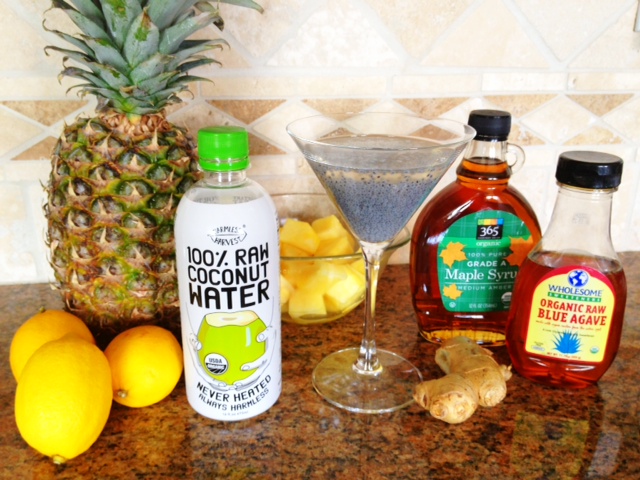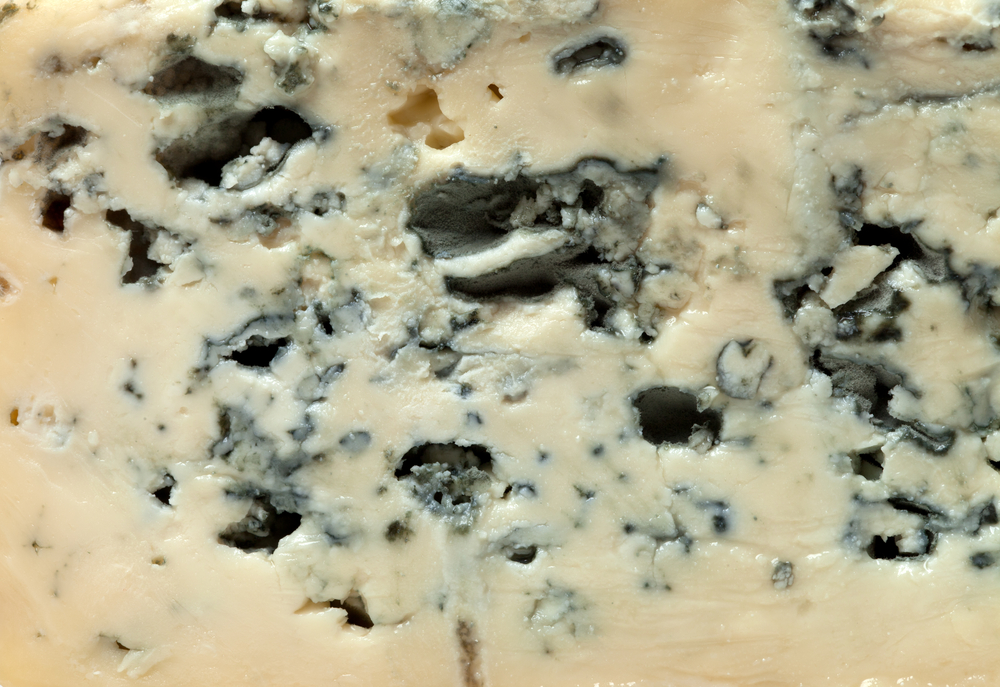Importing Disasters: Why it's Good To Buy and Eat Local
Are you faithfully buying locally grown produce?
Are you aware of where your food comes from? Most of the produce grown in the United States is picked 4 to 7 days before being placed on supermarket shelves and is shipped for an average of 1500 miles before being sold.
Produce that is grown and imported from outside U.S. borders have to travel distances substantially longer that those 1500 miles, especially when taken into consideration countries such asMexico, Asia, Canada, South America, and other places.
It’s simply bigger than the tremendous environmental harm of shipping the products into our stores that is detrimental to our global wellness because of using cheap oil that destroys our air quality, and that buying outside of our local environment is putting our honest, small farmers, out of work.
Even more concerning is the unsustainable ways in which produce is grown and harvested and the destructive patterns of deforestation in the foreign soils. That coupled with a lack of government oversight and regulations have and could continue to greatly raise the risk of possible food borne illnesses and other potential dangers in our homes.
After interviewing some local farmers and people running operations in large U.S. agricultural companies, one of the major harms from importing and selling foreign produce is in the types of pesticides used.

Most pesticides that are banned in the United States and deemed toxic and too dangerous for human health and consumption are pervasively used in foreign countries that closely border the United States and ones afar. Because the United States can import these goods for an extremely cheap rate versus what they sell to their customers, it comes down to what is good for business (even if it is the health of the consumers that is at stake).
As U.S. News reports in 2008, even pet foods can be tainted and pose as a great potential danger when purchasing foods from foreign lands.
An example of the potential danger being addressed is when the U.S. health officials halted the importation of farmed fish from China because of chemical contamination in the fish feed. Blame to China should not be solitary, however. Many other foreign countries are to blame in triggering American food-borne illnesses.
According to the U.S. Centers for Disease Control and Prevention, close to80 million cases of food-related illness are reported in the United States each year, including 5,000 deaths. In 2007, a salmonella outbreak caused Dole Fresh Fruit Co. to recall roughly 6,104 cartons of imported cantaloupes from Costa Rica that were distributed to wholesalers in the eastern United States and Quebec. There were no reports of illness.

Why can’t food inspections be routinely done to ensure customer safety here in the United States?
Simply put, the inspections by the FDA—either at the source of production or at the borders are not budgeted well enough to keep up with the regular inspections.
The agency responsible for inspecting all imported foods with the exception of meat and egg products, which are covered by the Food Safety and Inspection Service, (part of the U.S. Department ofAgriculture) has lost so much funding that they complete one foreign country inspection, sometimes between every 8-10 years.
Food safety experts stress that it's almost impossible to sort out whether the thousands of smaller food-linked disease outbreaks that occur each year in the United States are attributable to domestic or imported product. The chances of people encountering contaminants in foods from abroad than those grown in the United States. According to a FDA report released in 2003, pesticide violations were cited in 6.1 percent of imported foods sampled versus 2.4 percent of domestic products. And a report issued by the agency a few years earlier found traces of salmonella or the dysentery-linked bacteria shigella in 4 percent of imported fruits and vegetables versus 1.1 percent of domestic produce.
Sadly, despite presidential debates and the promise of more resources to come from domestic soil, there is more and more goods, produce and foods being imported and consumed in our nation's supermarkets and restaurants than ever before. According to the CDC, food imports to the United States have almost tripled doubled in the past three decades, from $36 billion in1997 to more than $95 billion in 2011.
Government inspectors argue that disease knows no boundaries, and that we are still going to have outbreaks -- nothing is perfect, and that the government can't catch and stop everything. But I believe we certainly can lessen it, and lessen its impact through educating the public and ourselves.
Educate yourself before reaching for specific foods off the shelves of your local grocery or food stand. Understand that foods produced in the U.S.A. must go through a more rigorous and mandated "farm to table" production journey than a foreign food simply shipped into the U.S.
Resources:
U.S. Department of Health and Human Services
U.S. News
CBS
Helium.com
Center for Disease Control and Prevention


